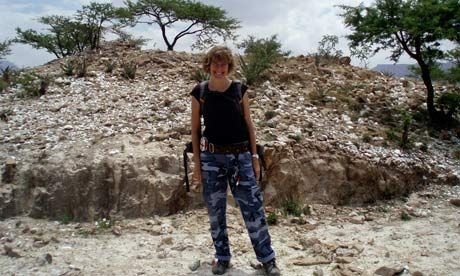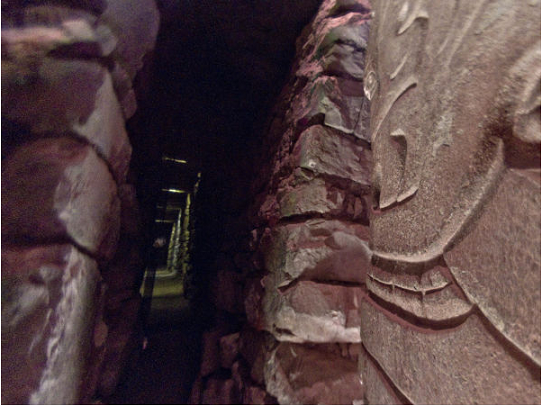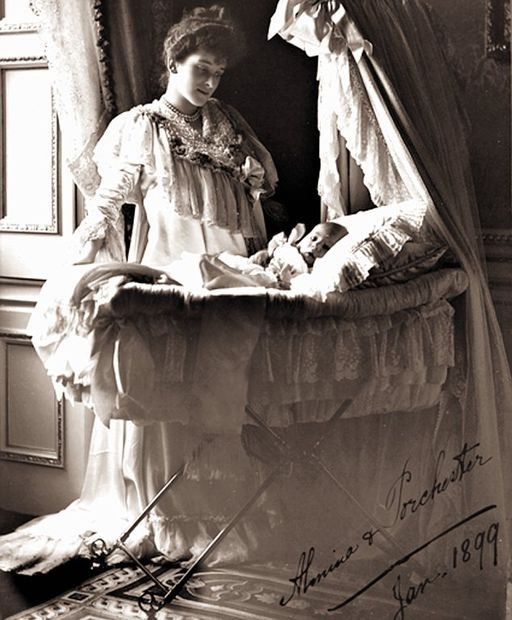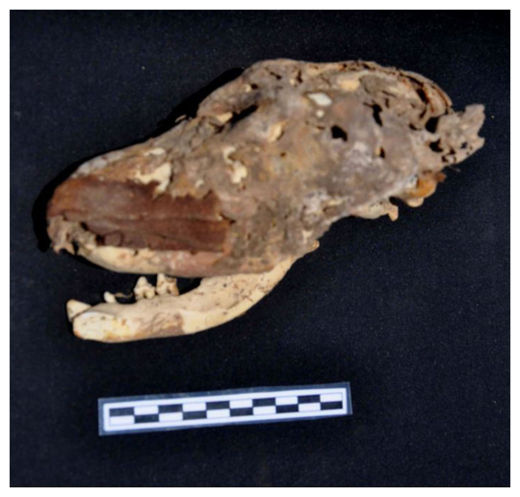
© The Tigray TrustArchaeologist Louise Schofield stands in front of the mine, believed to have belonged to the Queen of Sheba, in northern Ethiopia.
A British excavation has struck archaeological gold with a discovery that may solve the mystery of where the Queen of Sheba of biblical legend derived her fabled treasures.
Almost 3,000 years ago, the ruler of Sheba, which spanned modern-day Ethiopia and Yemen, arrived in Jerusalem with vast quantities of gold to give to King Solomon. Now an enormous ancient goldmine, together with the ruins of a temple and the site of a battlefield, have been discovered in her former territory.
Louise Schofield, an archaeologist and former British Museum curator, who headed the excavation on the high Gheralta plateau in northern Ethiopia, said: "One of the things I've always loved about archaeology is the way it can tie up with legends and myths. The fact that we might have the Queen of Sheba's mines is extraordinary."
An initial clue lay in a 20ft stone stele (or slab) carved with a sun and crescent moon, the "calling card of the land of Sheba", Schofield said. "I crawled beneath the stone - wary of a 9ft cobra I was warned lives here - and came face to face with an inscription in Sabaean, the language that the Queen of Sheba would have spoken."
On a mound nearby she found parts of columns and finely carved stone channels from a buried temple that appears to be dedicated to the moon god, the main deity of Sheba, an 8th century BC civilisation that lasted 1,000 years. It revealed a victory in a battle nearby, where Schofield excavated ancient bones.






Comment: While a great deal of the above article is complete and utter nonsense, we find it interesting that it is published on the "Veterans Today" website, perhaps an event worthy of notice.